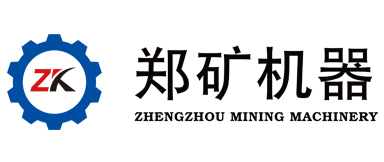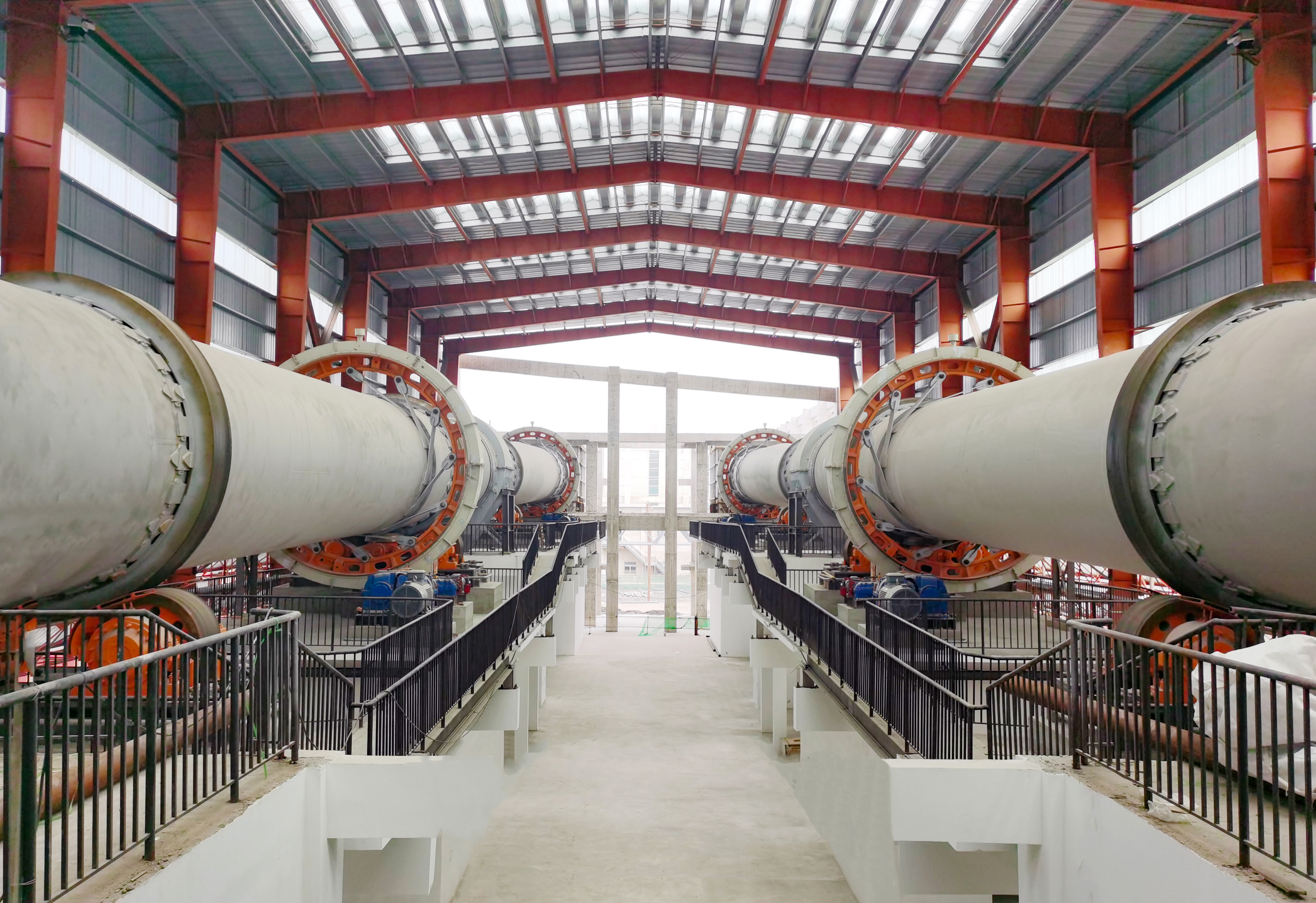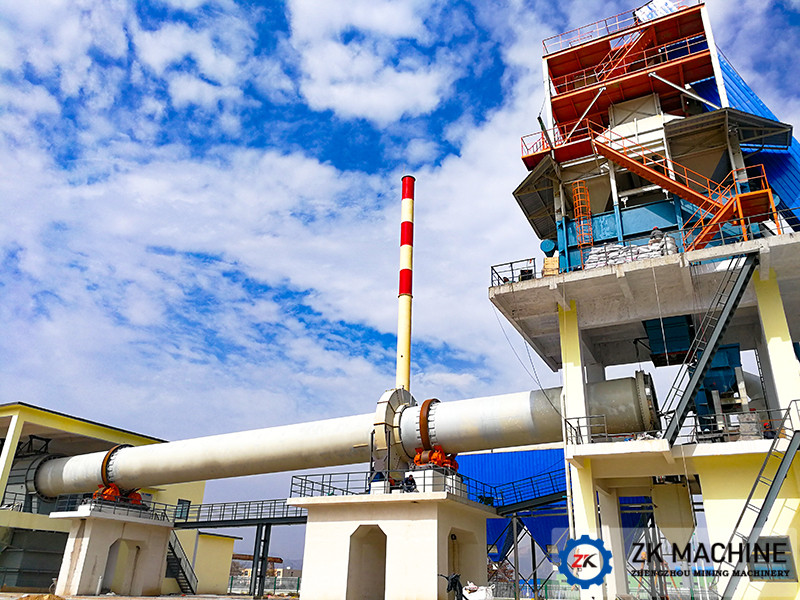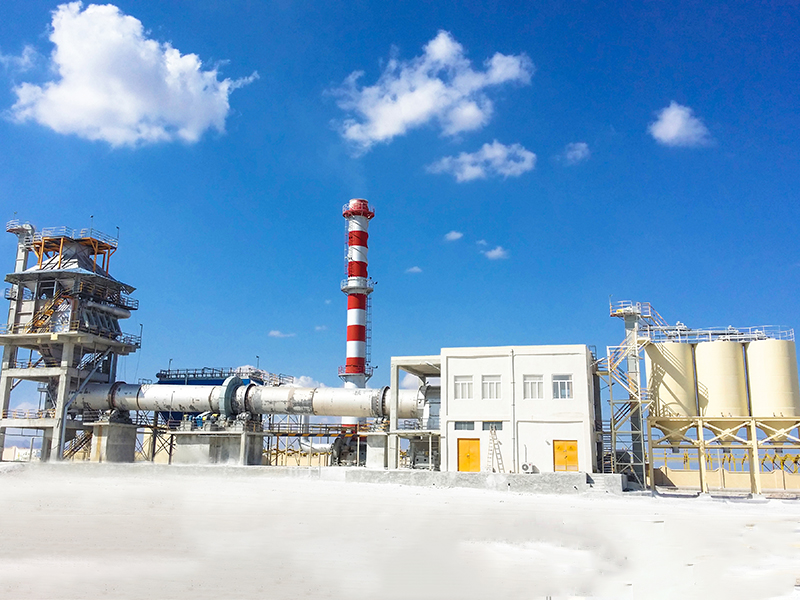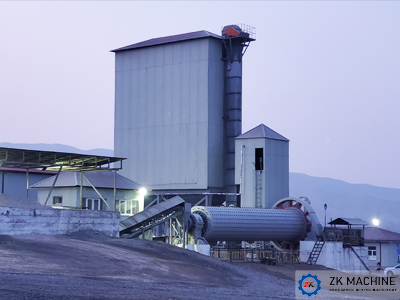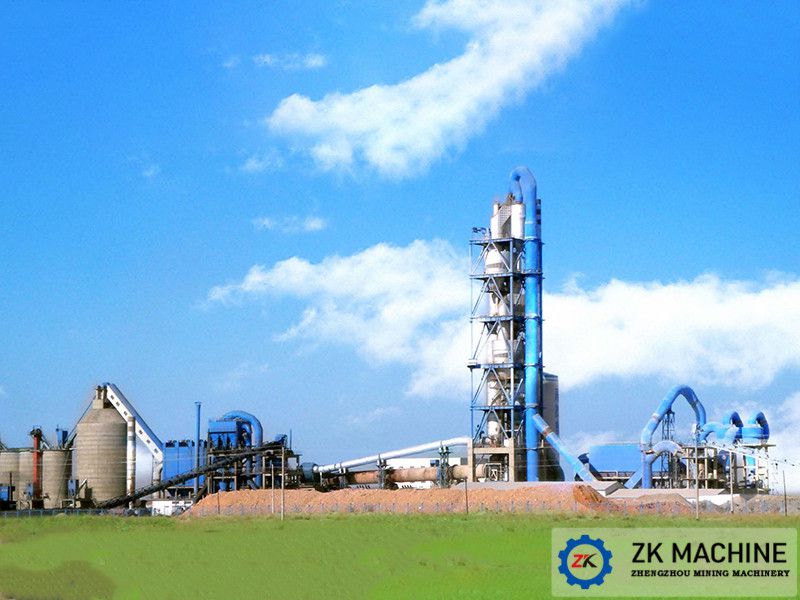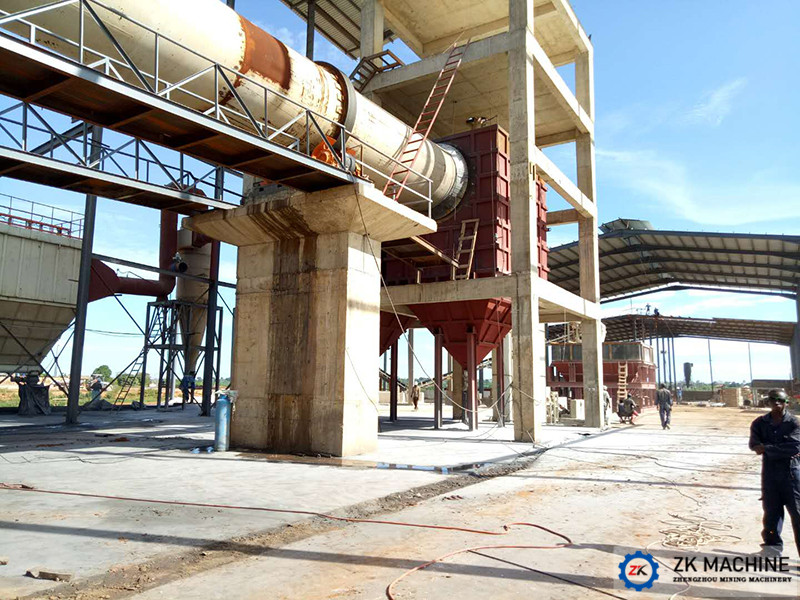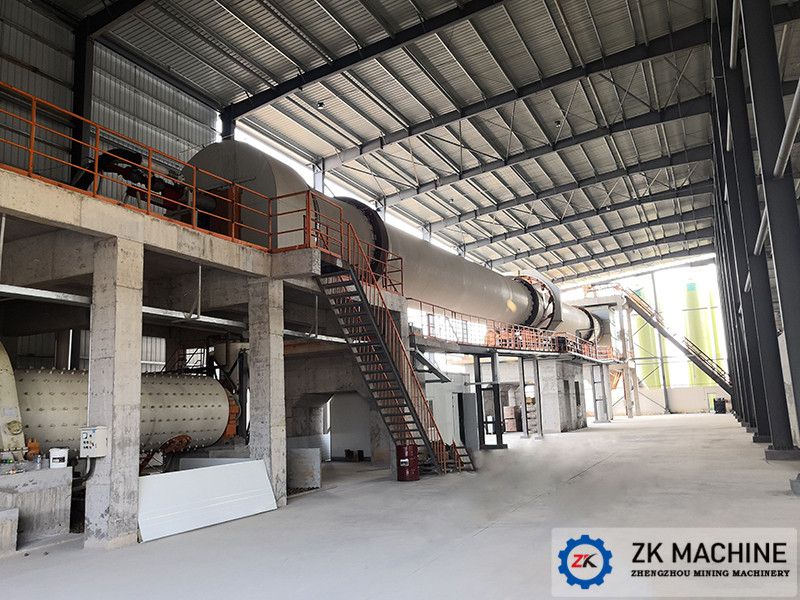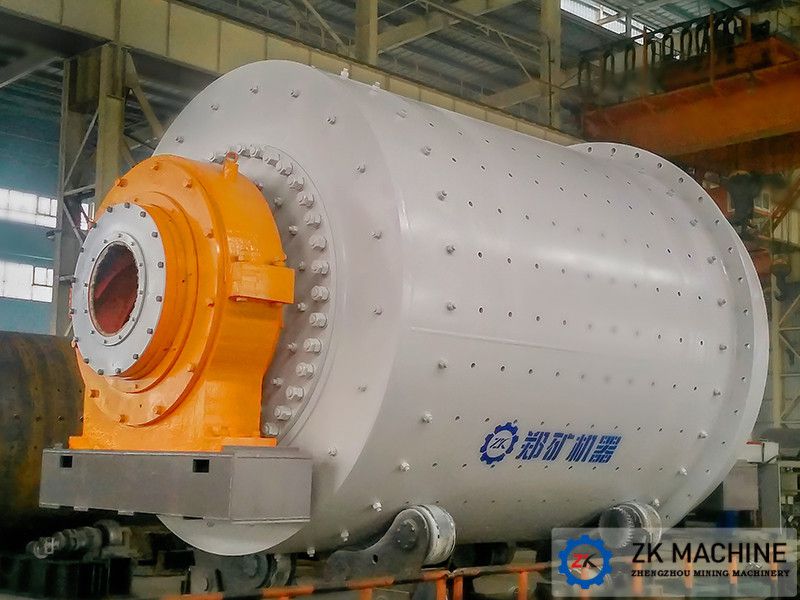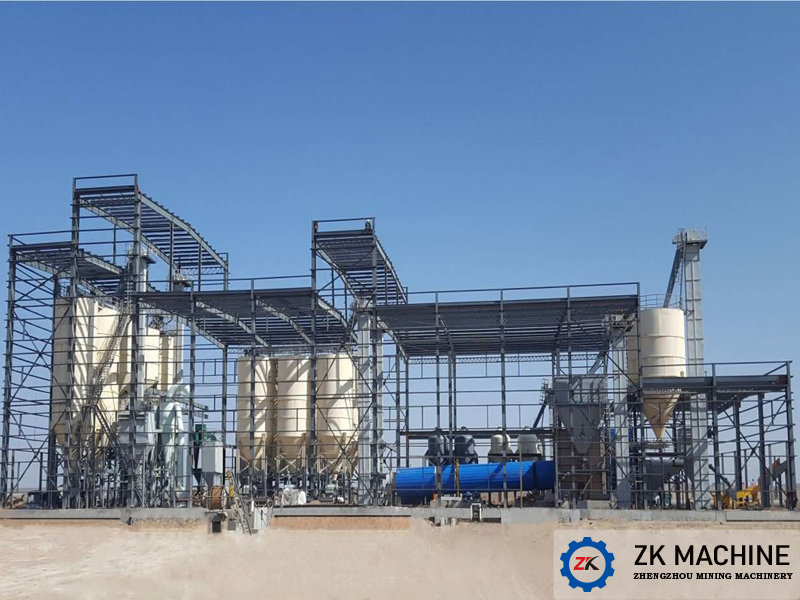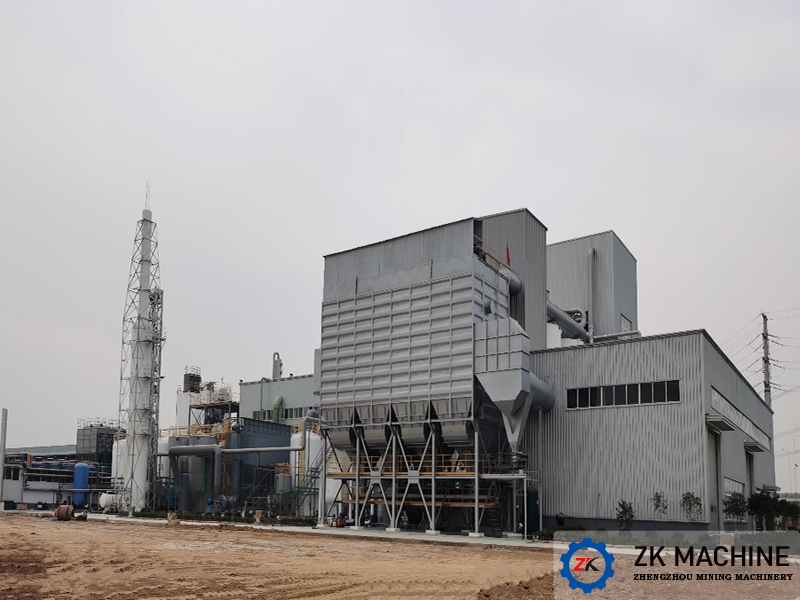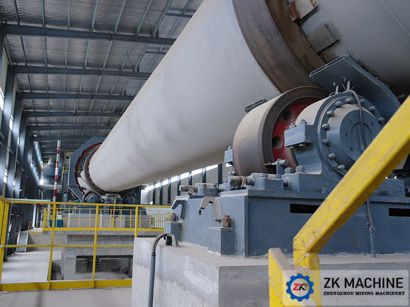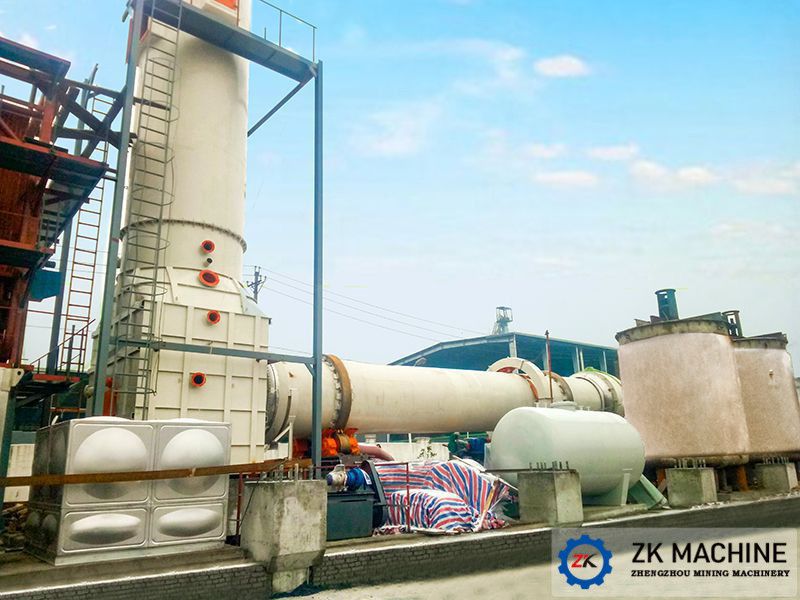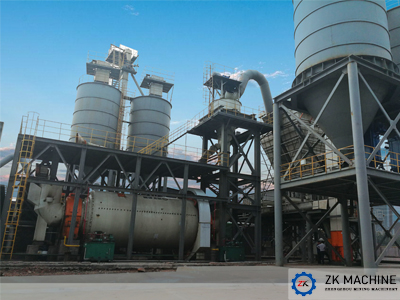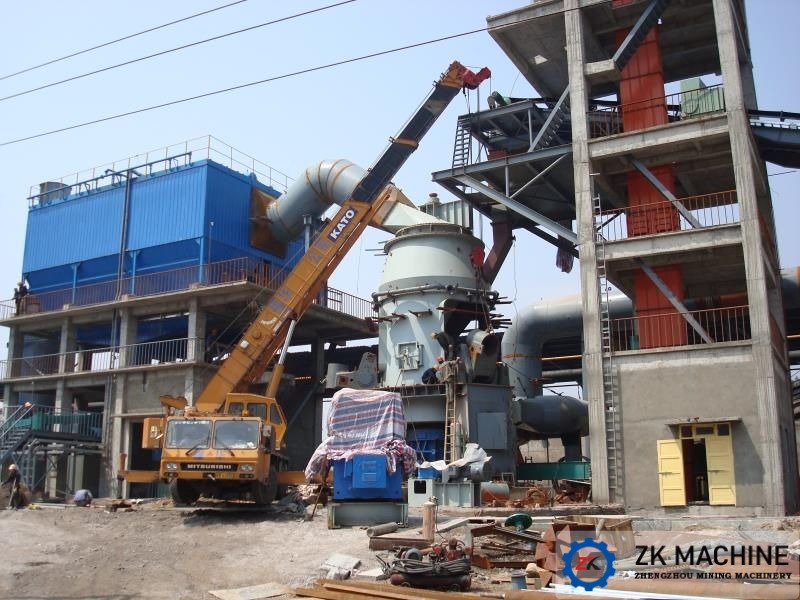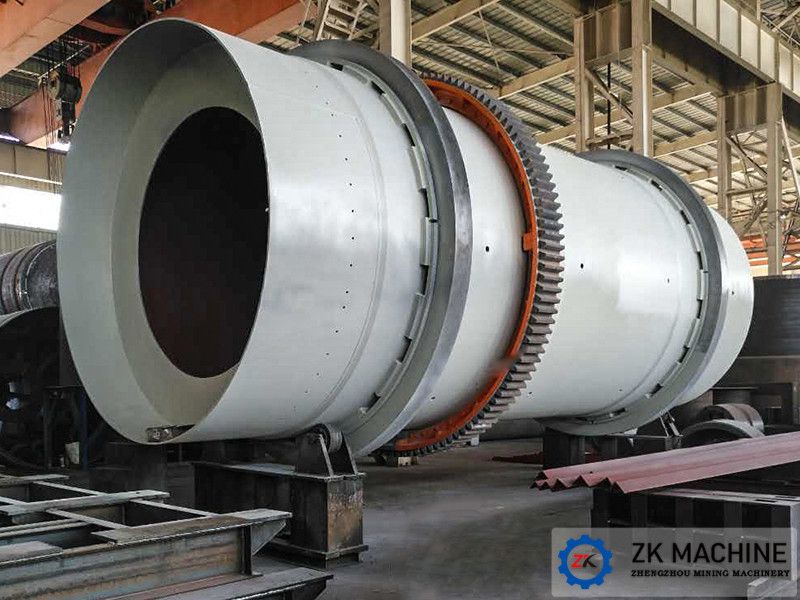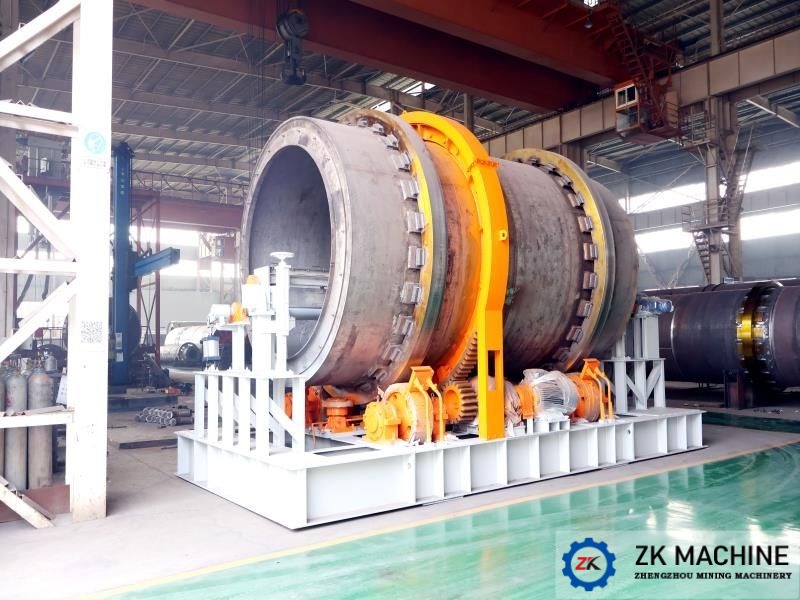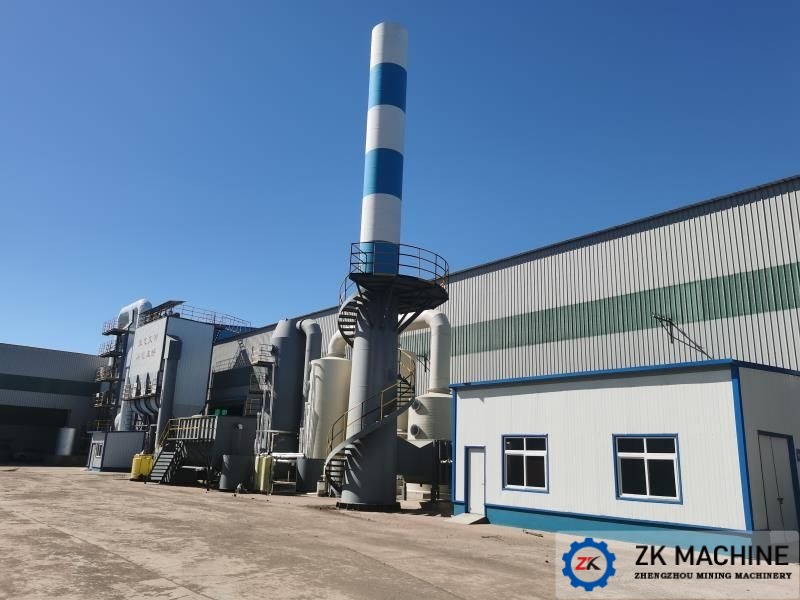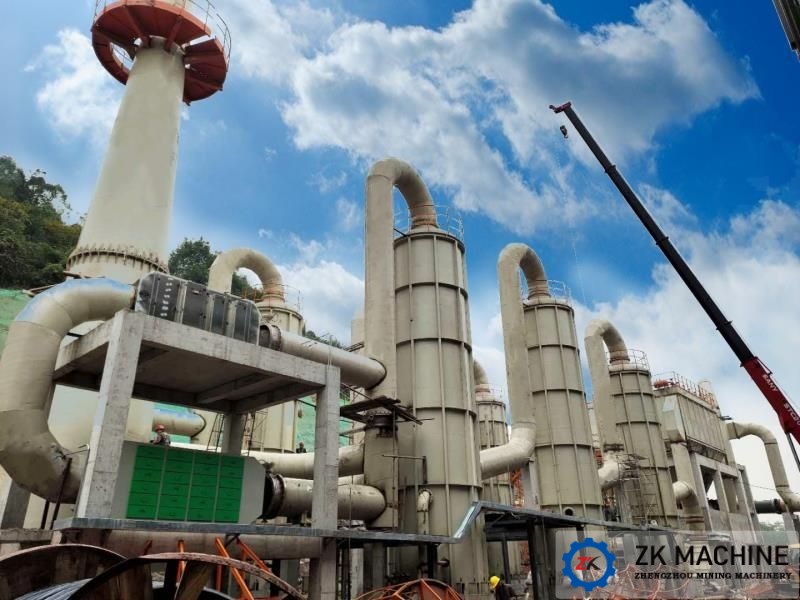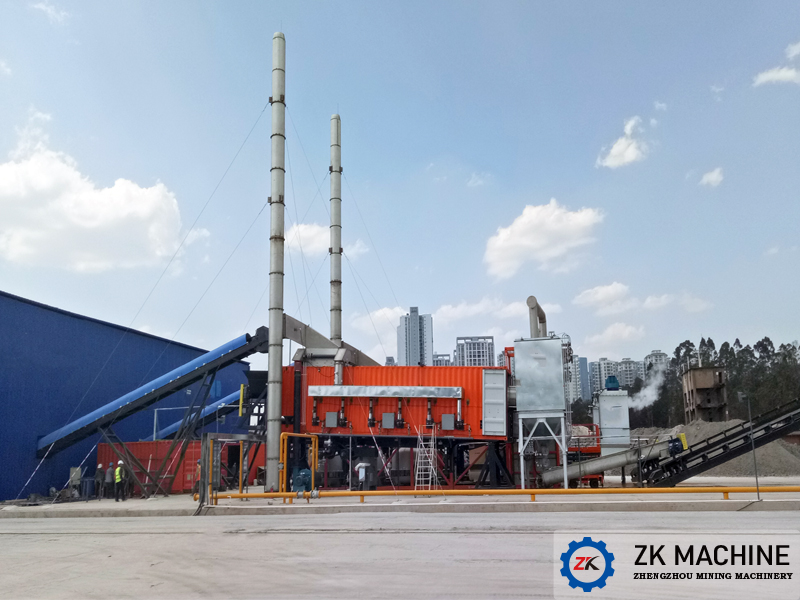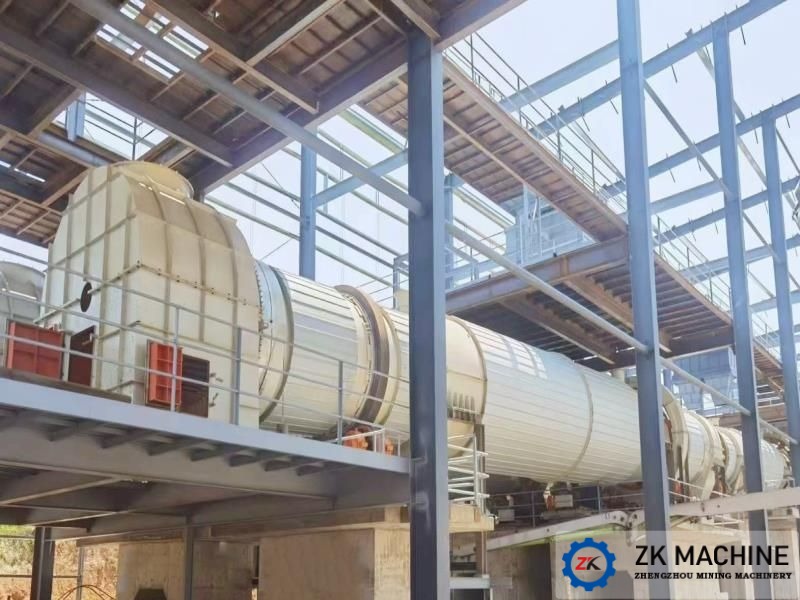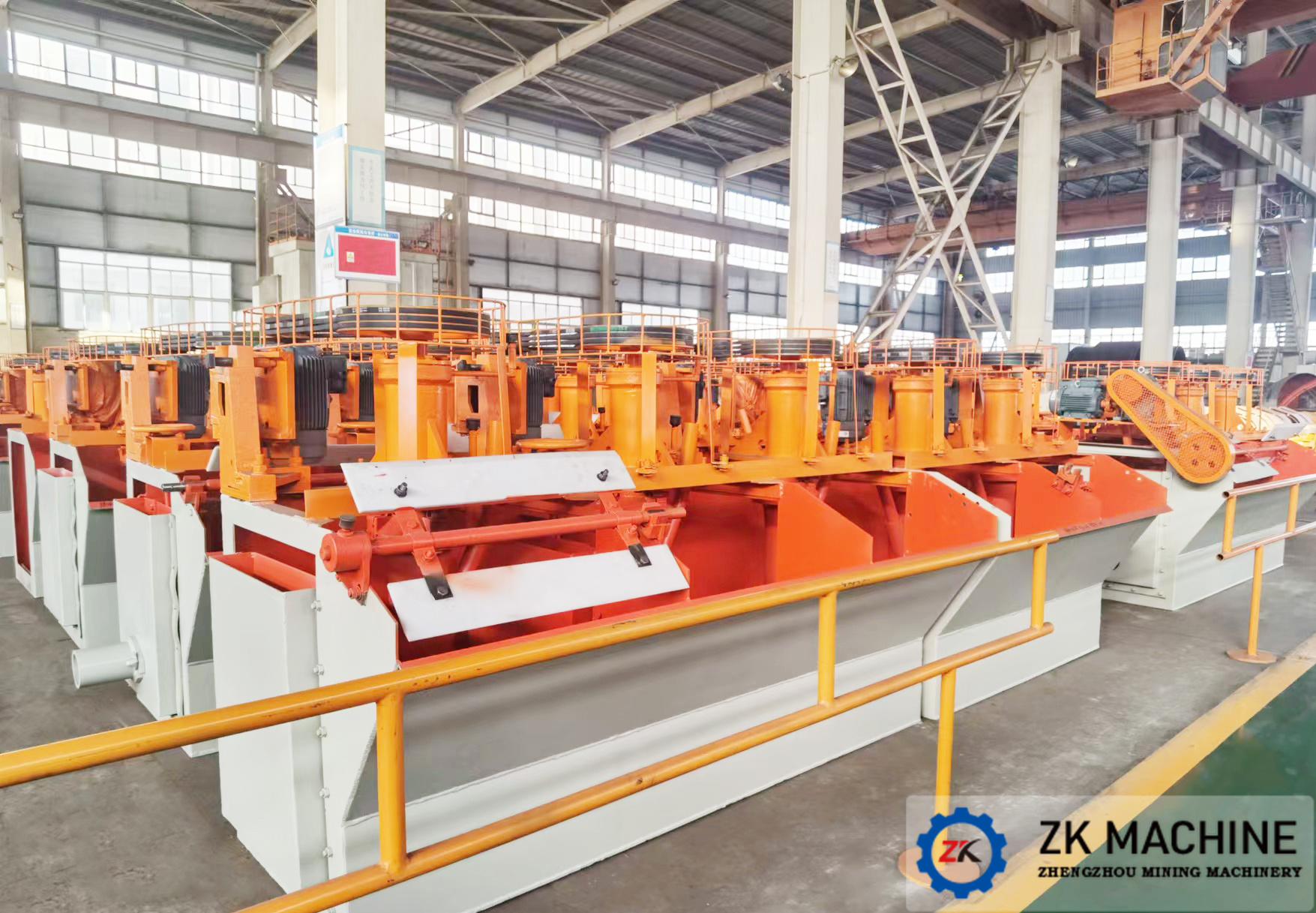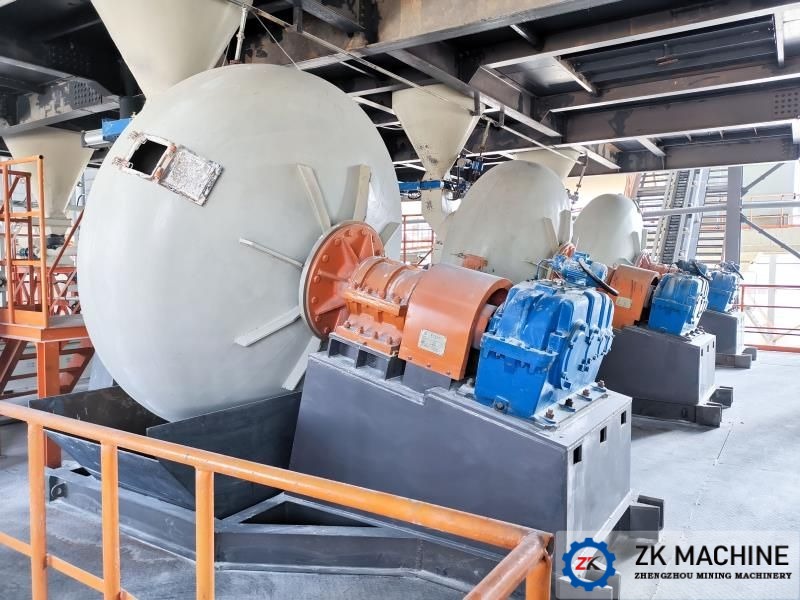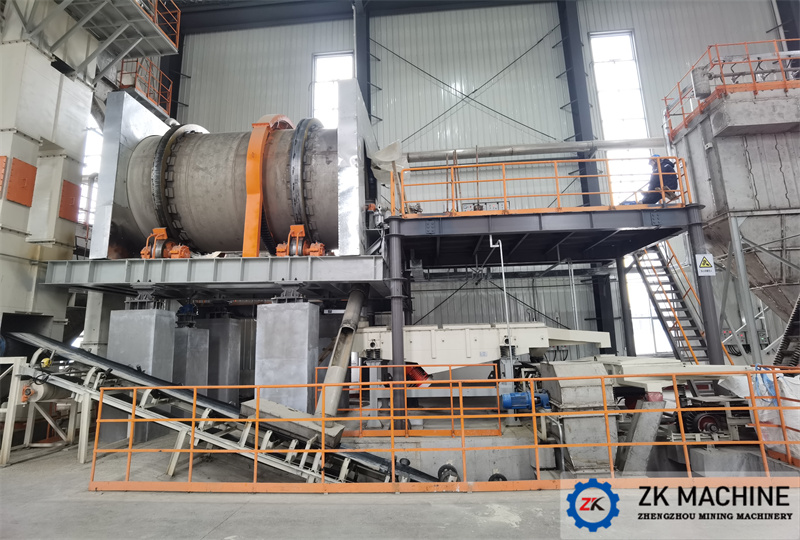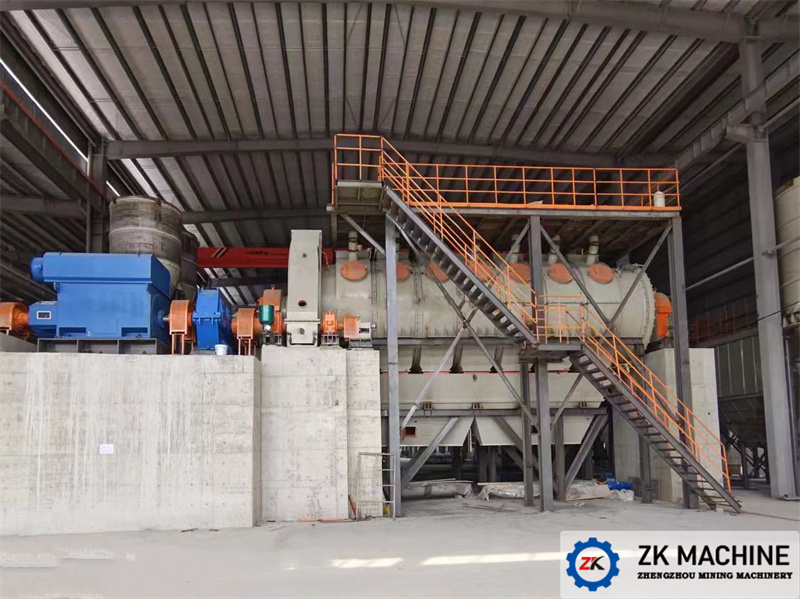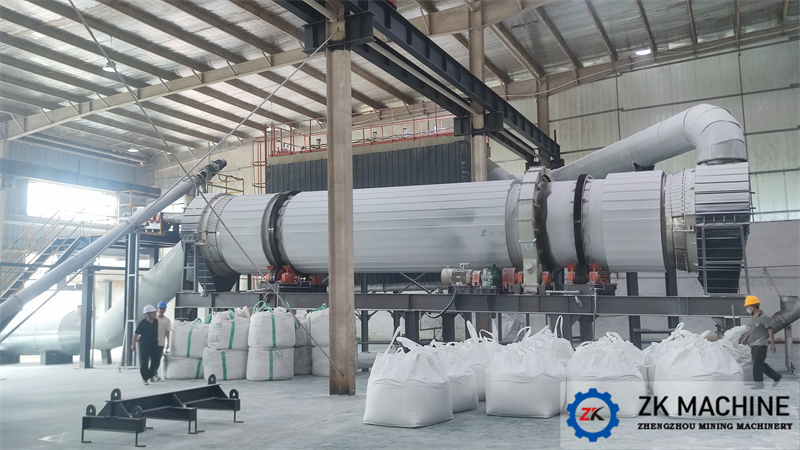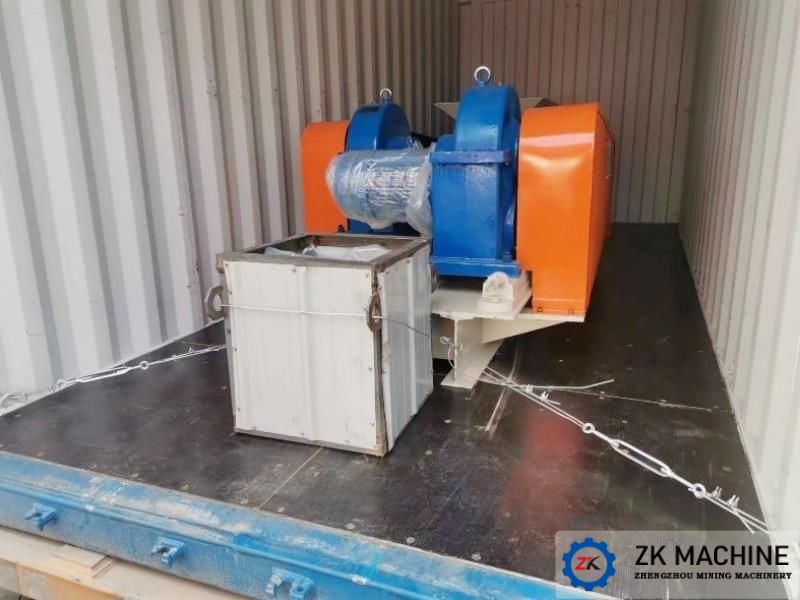Should the ball mill be dry or wet?
Investors often consider a question when choosing a ball mill, whether to choose a dry ball mill or a wet ball mill. The following introduction will give you the answer.

1. Basic difference
Dry ball mill: no need to inject water during the grinding process
Wet ball mill: adding water in the process of grinding mineral media
2. Materials
The material will undergo physical or chemical changes after adding water, so dry ball mills can only be used
3. Economic perspective
From the perspective of the economic effect of grinding operations, most concentrators will use wet ball mills, because wet ball mills are highly adaptable to materials, can be produced continuously, and have a large crushing ratio. The wet ball mill has higher grinding fineness and better beneficiation effect.
4. Processing capacity
The ore produced by the wet ball mill should be finer and its processing capacity is relatively not as large as that of the dry ball mill.
5. Respective advantages
5.1 Advantages of dry ball mill:
(1) The grate plate type mill tail discharges the material smoothly, without rising and grinding phenomenon, and the cylinder does not need to be cooled.
(2) The body and the chassis are integrated, which can be hoisted on the foundation plane at one time during installation. The main shaft adopts double-row radial spherical roller bearings, which can reduce energy consumption by 30%.
5.2 Advantages of wet ball mill:
(1) The grinding efficiency is higher, and the requirement for the water content of the ore is low, and the ore with high water content and mud content can be processed.
(2) Less auxiliary equipment, simple material transportation device, and the investment is about 5%-10% lower than that of the dry ball mill.
(3) The wet-type ball mill has low energy consumption. The motor power matched by the wet-type ball mill can be reduced by 18-25%, the lubricating oil is 70%, the cooling water is 90%, and the comprehensive energy saving is more than 20%.
(4) The wet ball mill is more environmentally friendly. The wet ball mill will not produce a large amount of dust due to the excessive moisture of the material during production, and the air pollution is small.
Under normal circumstances, dry ball mills are suitable for various metal ores, non-metallic ores, etc, including materials that react with water, such as cement, marble and other building stones, or products that require storage and sales in powder form . In addition, if the processing plant is located in an arid area and water resources are scarce, dry ball mills can be used for water conservation considerations.
The wet ball mill has a wide range of applications and can process various metal ores and non-metal ores. Common ones include gold, silver, copper, iron, molybdenum, phosphate, feldspar, fluorite, and so on. As long as it is ensured that the quality of the final product will not be affected by the material being in contact with water, a wet ball mill can be used. The ores that need to be sorted are usually processed by a wet ball mill.
Whether the material is fed dry or wet depends on subsequent operations. For example, some materials require dry grinding because the wear on the liner and the medium is relatively small during the fine grinding process of the material in the ball mill, while the proportion of fine particles in the product is relatively large. In this case, it is precisely the grinding method required by the owner. Therefore, only by finding the suitable grinding method of the material can the ball mill be able to ensure the quality and efficient operation of the ball mill. The two types of mills have their own advantages, and the dry and wet grinding feeding method should be correctly selected according to the specific situation.
